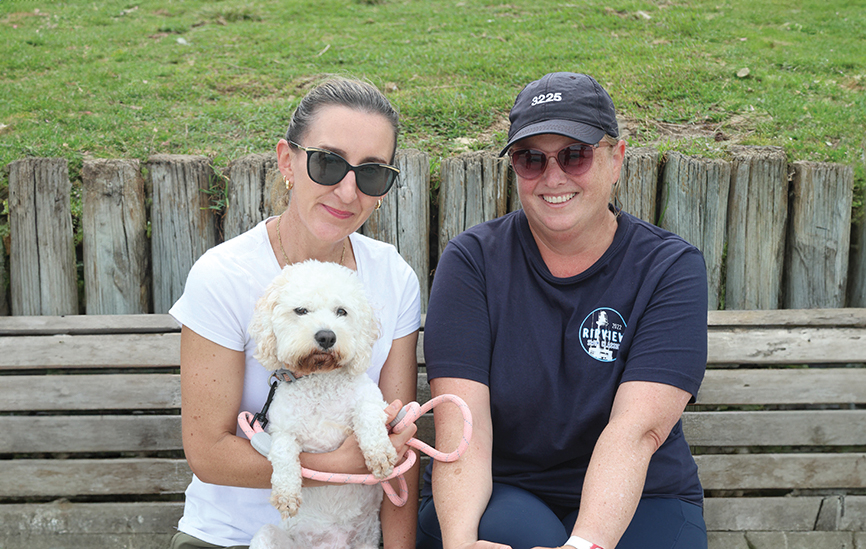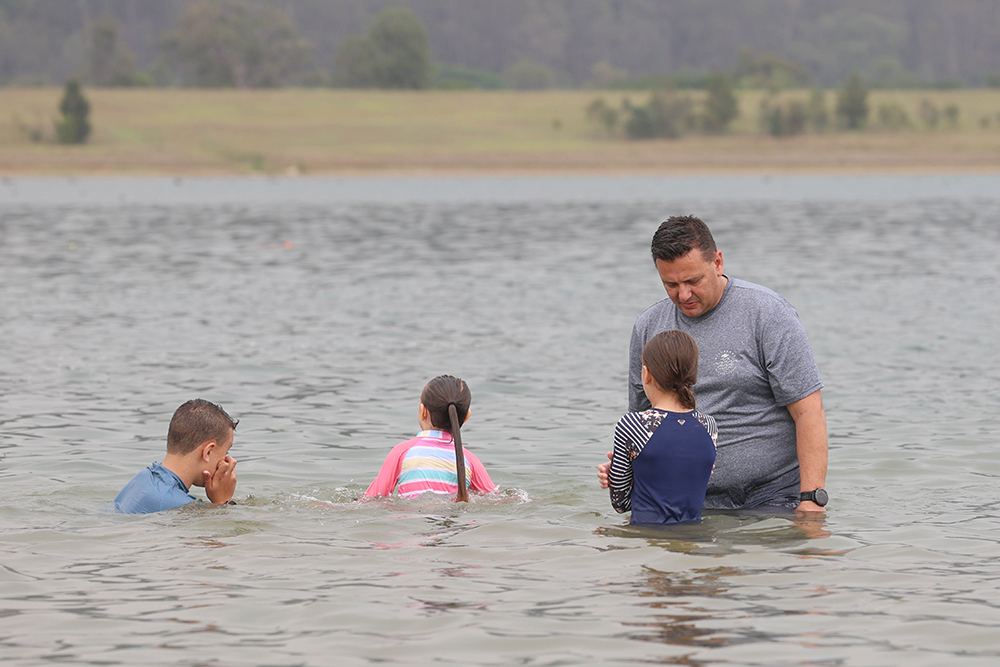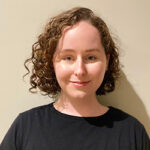Harsh stereotypes and postcode prejudice – the divide between the eastern and western suburbs has often felt like a tale of two cities for those out west.
But with a slew of developments on the cards for Parramatta and Penrith’s new beach making waves, it’s no secret that western Sydney has changed significantly in the last 10 years alone.
So, have sentiments from the east also changed? And what do the rest really think about the west?
The Western Weekender recently headed out to Bondi and Mosman to find out.

When locals were asked what the first thing they think of is when they hear the words ‘western Sydney’, the answers couldn’t have been more varied.
“Growth. Seriously, growth, a lot of good friends have businesses in that area and they’re doing really well and everyone who just comes from western Sydney talks about the growth in western Sydney, which I think is great,” 43-year-old Bondi local Bryan said.
“I kind of think it’s more of a diverse area of Sydney than [Bondi] for example,” 48-year-old Adrian, a former Bondi local, said.
“Fantastic Vietnamese food,” another added.

“I think in the east it’s not as welcoming and easy to enter as the culture in the west,” 22-year-old Eastern suburbs resident Missy explained.
“I don’t go out to western Sydney much [anymore] but I’m amazed at the way that Parramatta is coming up, it looks fantastic,” 85-year-old Mosman local David said.
“Not much, I don’t go out there,” 48-year-old Bondi local Yvette said.
“At the moment, Pondi, but I think cultural diversity is one thing that springs to mind,” Bondi local Amy said.
“Parramatta is very nice, very renovated now,” Tim, a 36-year-old from Mosman, added.
One Mosman local just said “Blacktown”.
As for stereotypes, westies are aware of the assumptions many from the east have placed on western Sydney – we’ve been labelled by some as uncultured, lazy and a ‘bunch of bogans’. But are these assumptions still believed in the eastern suburbs and lower north shore? Not according to those we spoke to in Bondi and Mosman.

“I think they’re very untrue, I think stereotypes are wrong in general and I think anyone who puts stereotypes on people from western Sydney are just delusional,” Bryan added.
“No, not at all, stereotypes are always not a nice thing to have about people,” Missy said.
“Well, the media likes to ham it up, I think we’ve got our stereotypes and they’ve got theirs,” Amy explained.

“I respect the western suburbs, I think it’s coming along and people are becoming not so far away now, they have a new status of ‘we’re as good as they are’ and it’s becoming really good,” David said.
“All the time I’ve been meeting people from western Sydney they’ve always been lovely people and very welcoming,” a 39-year-old Mosman local said.
And as for whether those from the east would ever head out west to take a dip in the much-talked about Penrith Beach? The general consensus is no, not when they have Bondi Beach on their doorstep – but that doesn’t mean they’re all against ‘Pondi’.
“The water they’ve got out at Penrith now, so people can go and dive in there, I think people are becoming aware of how fantastic [western Sydney] is rather than the snobby eastern or northern suburbs,” David added.
“I don’t know, it’s not really a beach right? It’s more like a pond, hey? That’s what I’ve heard. But yeah I guess I could check it out, but it’s a bit far,” Missy added.
“I haven’t been, but I’m skeptical… because a beach isn’t inland,” 60-year-old Sydney-sider Rachel said.
“I think it’s great for the area,” Bryan said.

How western Sydney will drive jobs growth
A bold economic plan has revealed that if the western Sydney economy experienced the same job-to-worker ratio as the rest of Sydney, 400,000 new jobs would be delivered by 2036, compared to business-as-usual growth.
Unveiled by Western Sydney University (WSU), the ‘Unlimited Potential: Western Sydney’s Economic Plan’ shares how growing the economy would see western Sydney add $100 billion to the state’s economy and become a leading economic powerhouse.
Chancellor, Professor Jennifer Westacott, who launched the plan in Parramatta, said the region was on the precipice of a once-in-a-generation economic transformation.
“With our young, diverse, and entrepreneurial population and a new international airport opening in 2026, western Sydney is an area of massive advantage,” she said.
“I want western Sydney locals to have high-paying jobs, access to the skills they need, and no longer be forced to drive 40 minutes each day to work.”
Released by the university’s Centre for Western Sydney, the report is a blueprint that builds on the region’s existing advantages to propel western Sydney to the forefront of the global economy.

The plan identifies key economic focus areas that will accelerate growth, elevate GRP per capita, and ensure western Sydney residents have access to local jobs and thriving communities.
These objectives are to be achieved through transformational ‘leaps’, developed in consultation with stakeholders from both industry and community, to propel western Sydney’s growth trajectory forward.
The report also acknowledges challenges for businesses in the region, revealing a downturn in business income over the previous 10 years, which comparatively grew in the rest of Sydney.
“Any plan that boosts the region’s economy must prioritise the delivery of meaningful and fulfilling jobs, as well as business opportunities for all residents,” Westacott added.
“We can no longer rely on population growth to drive the economy, but we need to invest in our people and jobs of the future.”
The insights gathered from the community, industry and key stakeholders will help inform the final report and its actionable recommendations.

Ellie Busby
Ellie Busby is a news reporter for Western Sydney Publishing Group. A graduate of the University of Hertfordshire and Western Sydney University, she is a journalism Major. Ellie has worked with Universal Media, The Cova Project and for a range of other projects.

